Here’s an update on Brazil’s wave pool scene (OMG there’s heaps going on)
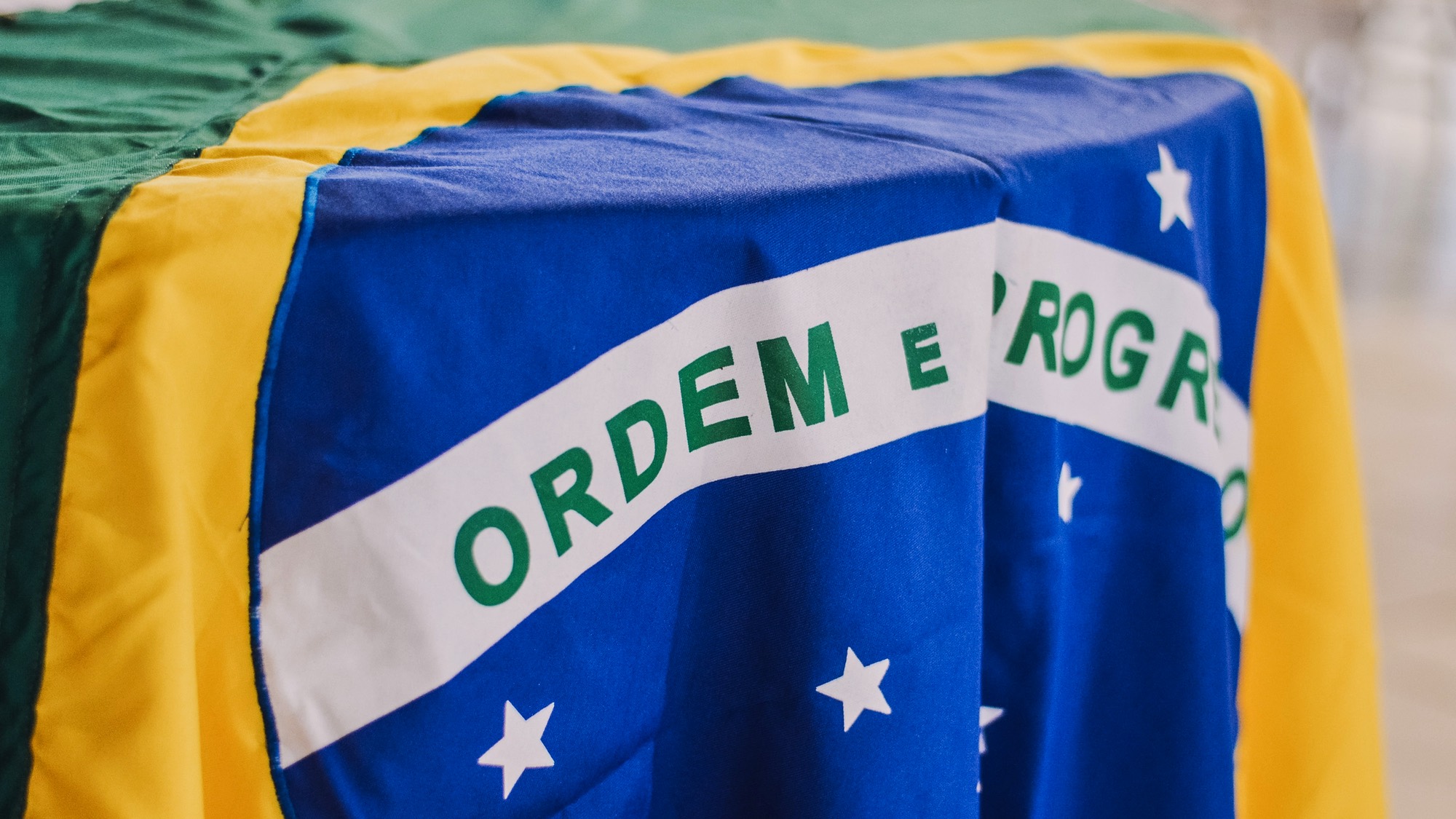
Brazil wholly embraced surfing only a few decades ago – its growth was initially hampered by unstable governments and rampant inflation, making boards and surf gear horrendously expensive for most folks. But boy, are they making up for lost time. With multiple world champions having made their mark in recent years and talent-a-plenty amongst their junior ranks, the future of surfing in Brazil is bright. The masses are enlightened, and everyone wants a wave.
Consider this, one-third of surfers on the World Surf League tour are from Brazil. Many are household names, appearing at home on everything from game shows to weather reports. Culturally, surfing is very much front-and-center, meaning Brazil’s well suited for a surf boom. Being close to the equator, they receive almost 12 hours of daylight, and the water and air temperatures mean boardshorts and bikinis are largely all you need. And the country has no shortage of coastline. Plus, with kids finishing school at midday, they’ve got a full six hours of daylight to practice, practice, practice. Gaby, Felipe, and Italo step aside; a new wave of groms are coming for your crowns.
There’s never been a better time for wave pools to launch in Brazil. And it’s not just PR talk, current pools have rapidly gone from planning to completion, and more are on the way.
Praia da Grama and Boa Vista wave pools are both operational. Other planned wave tubs include Surfland, The Sao Paulo Surf Club, and projects by Kauai Ventures. The latter company, cofounded by 3x World Surf Champion Gabriel Medina, has already commenced construction on two pools in Rio de Janeiro and São Paulo. The first to open in the second half of 2023, with “a handful more” (according to the owners) to be announced shortly.
So dig into this comprehensive update on Brazil’s wave pool scene
Gabriel Medina Performance Surf Clubs
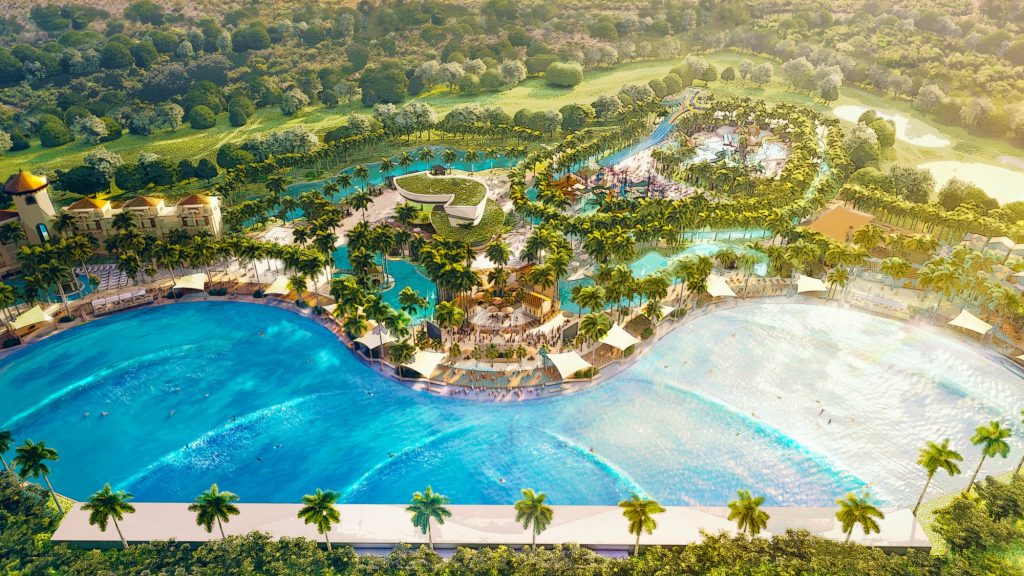
Kauai Ventures is intending the pools to be ‘a high-visibility business for investors’. The Gabriel Medina Performance Surf Clubs themselves will vary according to each project. Rio de Janeiro will have two pools, one will be more exclusive and the other more accessible. Kauai Ventures says the idea is that each club will have a different footprint and be custom tailored to meet community and social needs.
São Paulo is on its way to becoming the wave pool capital of Brazil, and South America for that matter. The city is the southern hemisphere’s most populous metropolis with 12 million inhabitants, and now all will be within driving distance of three wave tanks. Just so long as they all don’t want to go surfing at once.
Through a partnership with Endless Surf, Kauai Ventures has set out to build the surf experience, originating from the knowledge and practical experience of Medina as a top-tier athlete.
WavePool Construction Progress: Approved.
Accessibility: Not yet built or open to the public.
Wave Technology: Endless Surf is a pneumatic wave pool system, which uses chamber pressurization with high-powered fans to mimic how swell in the ocean is formed (wind and atmospheric pressure). Each chamber produces one small piece of the wave and when programmed by back-end operations software, the chambers create a wide variety of waves. A major element of Endless Surf is the heart-shaped design. The pool is divided into three zones on each side (6 total) with an expert, intermediate, and beginner section. You could run the pool at full power (using all 6 zones), half power (3 zones), or even make one long wave from end-to-end.
Size: Endless Surf is scalable in size from ES1800 to ES4800, dependent on the number of pneumatic wave generation chambers. An ES 1800 has 18 chambers for example. The biggest, the ES 48 can go up to 1,000 feet (300m).
Hours of operation/Seasonal Hours: Unavailable, but we’ll keep you posted.
Pool Structure: Manmade pool to accommodate wave producing technology typically done with concrete. Could be built with Myrtha Pool’s steel-and-pvc prefab technique but no confirmation yet.
Atmosphere: Gabriel is a chill dude until he puts on a jersey. Expect the same here: fun surf vibes in the off-training hours and Terminator-like focus during work-out sessions.
Apparel: Boardies to spring suit should do throughout the year.
Praia da Grama, São Paulo
Brazil’s first wave pool opened in 2021 in Praia da Grama, 60 miles from São Paulo.
“Built in partnership with KSM Realty, the world-class waves breaking in a palm-fringed, white sandy beach lagoon is at the centerpiece of a private residential complex,” said Wavegarden. “(This) sets a new benchmark for how Wavegarden technology can add value to real estate projects.”
And the value is staggering. The land price rose from US$60 per m2 to US$220 per m2 after the project announcement went public. And in the following 18 months, land value continued to increase until it hit US$500 per m2 according to developers – a hike that surpassed all predictions.
“In all my years as a project developer, I have never seen the value of lots escalate as much as we have seen at Praia da Grama. It was beyond all our expectations,” said Oscar Segall, KSM Realty CEO.
Access is strictly private. The Fazenda da Grama project is aimed at Brazil’s rich and famous with golfing, horses, spa facilities, restaurants, an event space, and the usual surf park fare. Only guests of residents and those with memberships can surf the pool.
Technology: Wavegarden Cove, with 52 modules, makes it the second-largest Wavegarden Cove in the world. Currently, only Wave Park in South Korea tops it, having a 56-module system. The Wavegarden Cove at Praia da Grama generates surf from the pointy end of its diamond-shaped pool. Cove technology uses modules with secret wave-making components (levers or paddles) that displace water to push out a wave. This action happens first on the left, then when the arm swings back, it does the same for the right, like a wave-making pendulum. The number of modules containing these secret levers determines the intensity and size of the wave.
Type of wave(s): Currently, more than 20 different types of waves are on offer, designed for all levels of surfers. The Cove produces everything from gentle knee-high rollers to head-high slabs.
Hours of operation/Seasonal Hours: It’s private, so whenever they damn well please.
Price Breakdown: Surfers must purchase property or have a membership to access the development’s central wave pool.
Waves per hour: 11-1000 waves per hour.
The São Paulo Surf Club
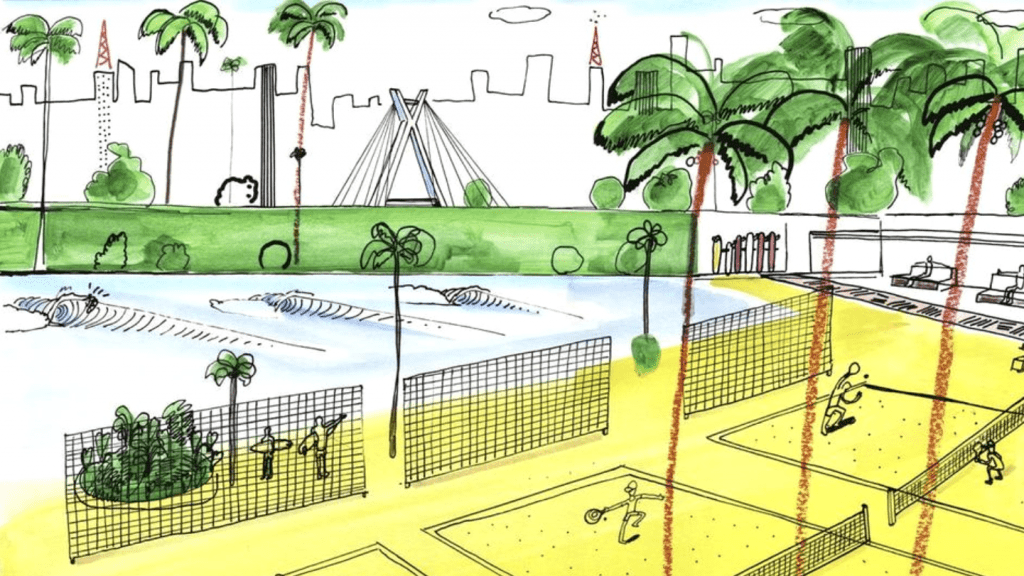
Real estate company JHSF, specializing in high-end developments, is planning a PerfectSwell wave on the banks of the Pinheiros River in front of the iconic Ponte Estaiada bridge.
The complex will feature several other sports facilities and act as a Neo-country club or “Sports Lifestyle and Amenities” facility. Access will be restricted to members and their guests. Unlike São Paulo’s two other pools, Boa Vista and Praia da Grama, you don’t need to purchase property to access it.
WavePool Construction Progress: Planning stages.
Accessibility: Mixed-use private club.
Wave Generating Technology: New American Wave Machines Perfect Swell design.
Wave’s Technical Information: Both Left and Right Breaks, Length of Wave: possibly 60-100 yards/meters, Semi-hollow to hollow and performance-oriented. 120 -160 waves per hour come in three-wave sets between 1:10-1:30. Waves are waist to head-high.
Hours of operation/Seasonal Hours: Expect year-round surf.
Pool Structure: Concrete pool facility with pneumatic technology.
Waves per hour: 120-240.
Atmosphere: Lux Brazilian country club vibes.
Apparel: Mostly board shorts and bikinis. 3/2 fulls and spring suits for fall/winter.
Boa Vista, São Paulo
According to PerfectSwell Boa Vista offers the company’s “longest, biggest, and most varied wave menu yet.” Commissioned by developers JHSF, the Boa Vista wave pool is double the size of the tank in Waco. The famous American Wave Machines facility in Waco currently offers 120-160 waves per hour for 8-10 second rides. While this new pool design looks slightly different, the thought of longer barrels is hugely appealing, as demonstrated by Rob Kelly in a viral Instagram post.
Boa Vista’s associated developments will include residential land plots, golf residences, and The Surf Lodge Residences, designed by renowned architects Sig Bargain and Pablo Clemenson. Part of the Boa Vista Village offering to residents is an 18-hole golf course signed by Rees Jones and an impressive tennis structure and arena for international tournaments.
WavePool Construction Progress: Built and in operation.
Accessibility: Mixed-use private and possibly public.
Wave Generating Technology: New American Wave Machines Perfect Swell design.
Wave’s Technical Information: Both Left and Right Breaks, Length of Wave: possibly 120year-round yards/meters, Semi-hollow to hollow and performance-oriented. 120 -160 waves per hour come in three-wave sets between 1:10-1:30 apart. Waves are waist to head-high.
Hours of operation/Seasonal Hours: Expect year-round surf.
Pool Structure: Concrete pool facility with sand added set in the center of hotel and residences.
Waves per hour: 120-160.
Atmosphere: Lux Brazilian golf vibes.
Apparel: Mostly boardshorts and bikinis. Spring suits for fall/winter.
Surfland Brasil, Garopaba, Santa Catarina
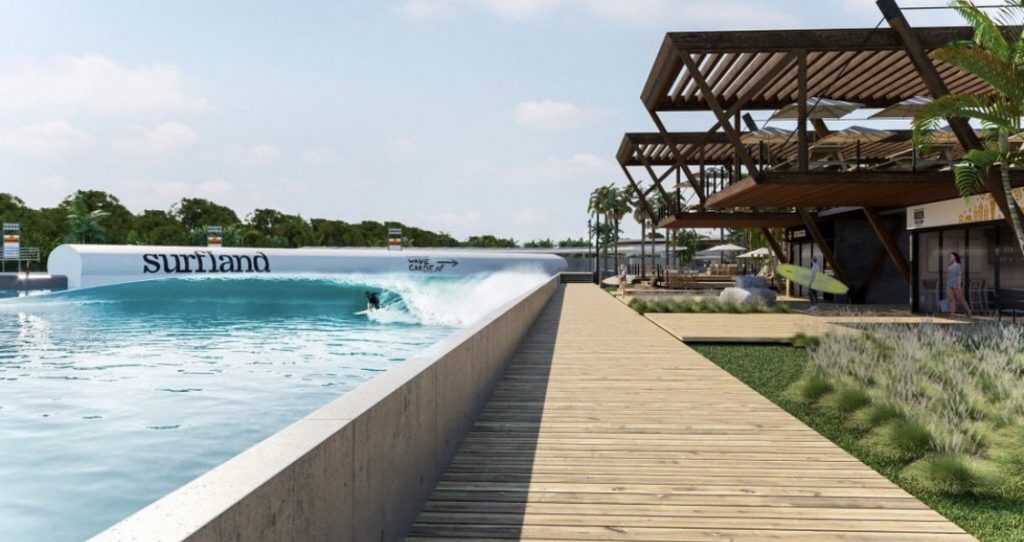
Surfland Brasil, an innovative neo-timeshare project in Garopaba, is planning a Wavegarden Cove wave pool as its centerpiece.
Sandwiched between Florianopolis and Imbituba, the development will feature a skatepark designed by Pedro Barros, swimming pools, tennis courts, beach tennis, a surf museum, restaurants, a jogging track, a gym, yoga, meditation space, and a spa.
Developers are using a cost-sharing structure, much like a timeshare. Those signing on the dotted line are guaranteed two weeks a year for as long as they own their property share.
Buy-ins for the apartments start at US$22,000. The company requires three $1,090 payments followed by 57 installments at $325. Or, you can buy in all at once. They also offer buy-ins for the larger $29,500 units (sleeps 5). According to artist renderings, there will be a few more than 100 units on offer.
“We are innovative in the format and commercialization of the product, which is based on a fractional ownership system, or shared economy, a trend that has come to stay,” said Surfland Brasil’s Commercial Director Luciano Faraco. “Not dissimilar to Air BnB, Uber, and Bike Share, estate owners at Surfland Brazil share their assets and divide their costs.”
There’s no word on an opening date.
WavePool Construction Progress: Planning stages.
Accessibility: Not yet built or even open to the public.
Type of wave(s): The Cove produces everything from gentle knee-high rollers to head-high slabs via their top-secret machinery.
Wave Generating Technology: Wavegarden Cove Technology.
Wave’s Technical Information: Wave height: 2-7 ft, Both left and right breaks, length of wave: 30-100 yards/meters depending on the size of the Cove pool.
Hours of operation/Seasonal Hours: Unavailable, but we’ll keep you posted.
Price Breakdown: None yet, but it’s private. So you need to buy into the project (or have a friend with keys) to access it.
Waves per hour: 11-900 waves per hour.
Bonus Look: Homegrown South American Wave Pool Technologies
While all the Brazilian pools are running or planning to use imported tech, there are three companies in South America with their own wave-making devices. All three companies have projects in the works but won’t disclose locations. So much in the same way Revel Surf Parks came out of nowhere to make waves in Arizona with homegrown technology, these Brazilian companies are looking to do the same.
Olas, Equador
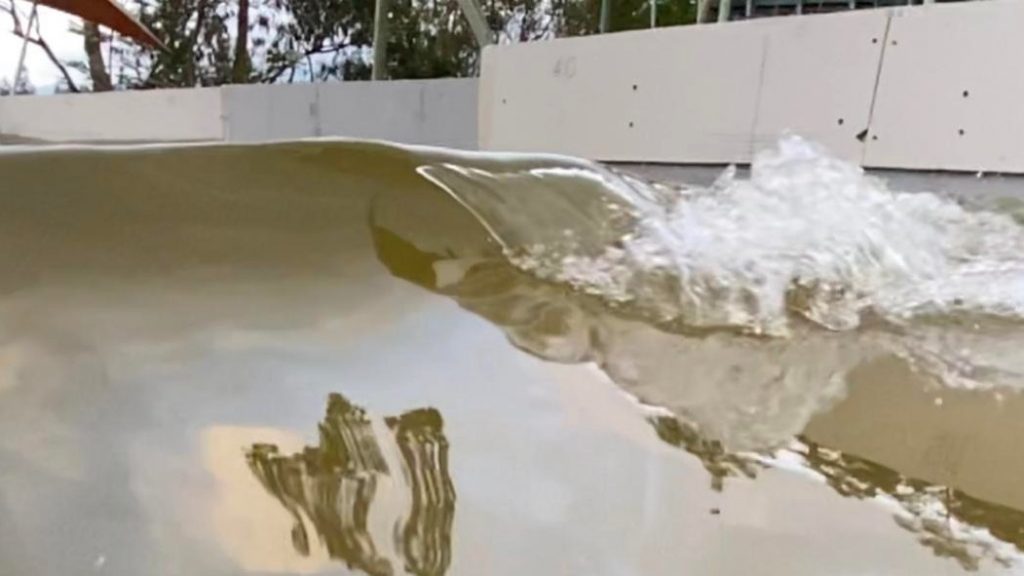
Olas uses a stacking module system similar to Cove wave-generation with differences on the patent level of things. Powered by what they call their Wave-Master system, it has no compressed air, hydraulics, or pneumatics.
The first waves for this system began in 2009 when a British physicist named John Baxendale unveiled his new wave-making system through a “Search for the Perfect Wave” video series. Baxendale experimented as time allowed and in 2014 patented the system. Then in 2018, South American surfer/entrepreneur Diego Andres Cornejo Rodriquez purchased the intellectual property to create the Olas company.
The current wave frequency is one wave every 12 seconds, with the capability to ratchet that up to one wave every nine seconds once they finish their chop mitigation system research. According to Rodriquez, the rides at the planned Quito surf park will hit the two-meter mark and average 16 seconds in duration. The design will deliver rights, lefts, or both at the same time, and the company claims that the cost of their wave park would be much less than what is on the market now.
The modular tech can be sequenced with software (similar to Wavegarden and others), and will work in various pool configurations, and doesn’t require a specific pool shape. “We can adapt to different shapes, and it can be a triangle, a rectangle, a diamond, or even a circle with four split peaks just like Surf Lakes but in a different structure configuration,” says the company. They added that their tech also fits smaller pools for rights or only lefts using just a few modules. Olas plans to open a surf park in Quito, Ecuador, in the next few years.
SurfPark Resort
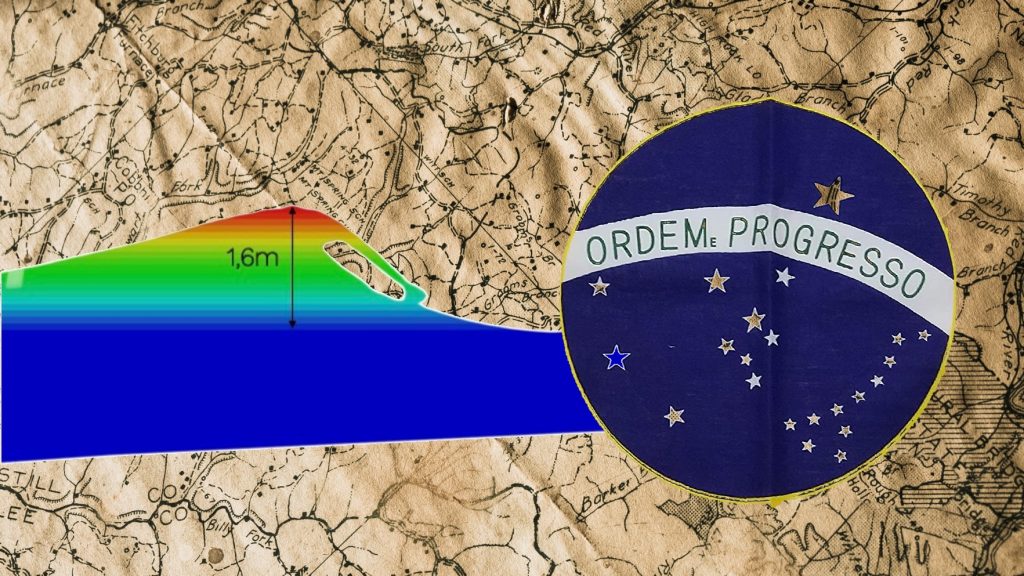
The company was created in 2015 and is now headed by Fabio Ferraz, whose focus is to bring the Brazilian beach vibe to the world through wave pools. The company stated they have partnered with Bex Global to power its technology for the global market.
SurfPark Resort is secretive about its technology, only going as far as to say its system creates simultaneous left and right waves for the same group of surfers during each session and produces waves up to 1.5 meters in height. The first Surf park Resort was scheduled to open in the second half of 2021 in São Paulo, but nothing’s come to life. The company also says they provide mobile venues (again without specifics).
Waveseg
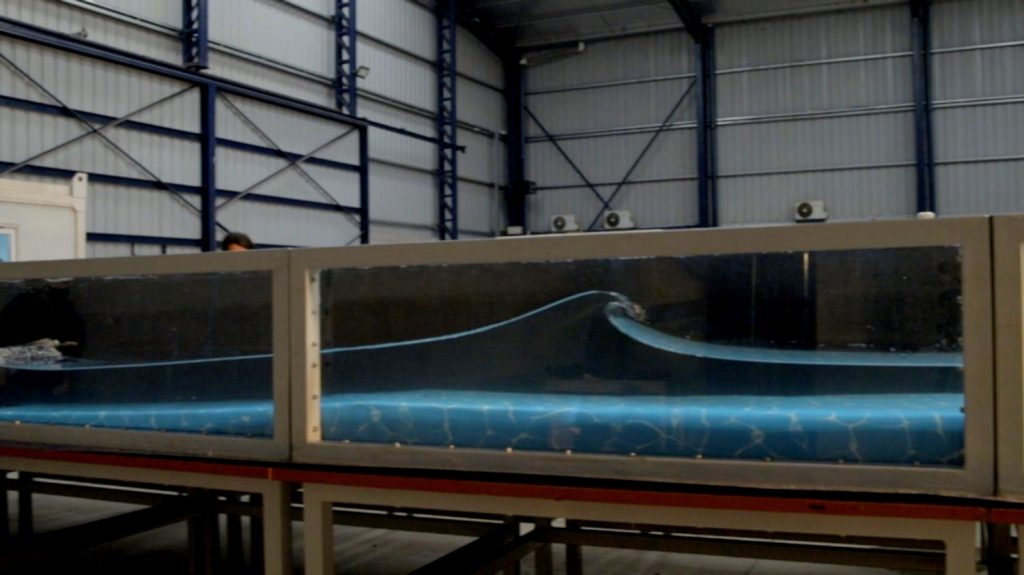
Waveseg, originated in Buenos Aires, Argentina and currently continues its development in Sao Paulo, Brazil. It’s a company with a fully-funded research warehouse developing a pneumatic approach to wave-making. The system is an air-compression setup much like PerfectSwell, Endless Surf, and Surf Loch, all of whom use a technique pushing out air from caissons to displace water and create waves.
The WaveSEG system, at least the test models, looks very different because the air cannons are laid out horizontally rather than as vertical concrete chambers at the end of a pool. The company built a small four-cannon model prototype recently to test the theory. This was followed by a full-size air cannon to test the machinery at scale, and now there is a four-cannon full-scale model in the works. A 32-cannon small-scale model is also being developed in the laboratory to assess multi-cannon interaction and other factors.
WaveSEG added that their design focuses on energy recuperation via a water return system and said they can recycle that initial energy into the production of the next wave.
Related Coverage
